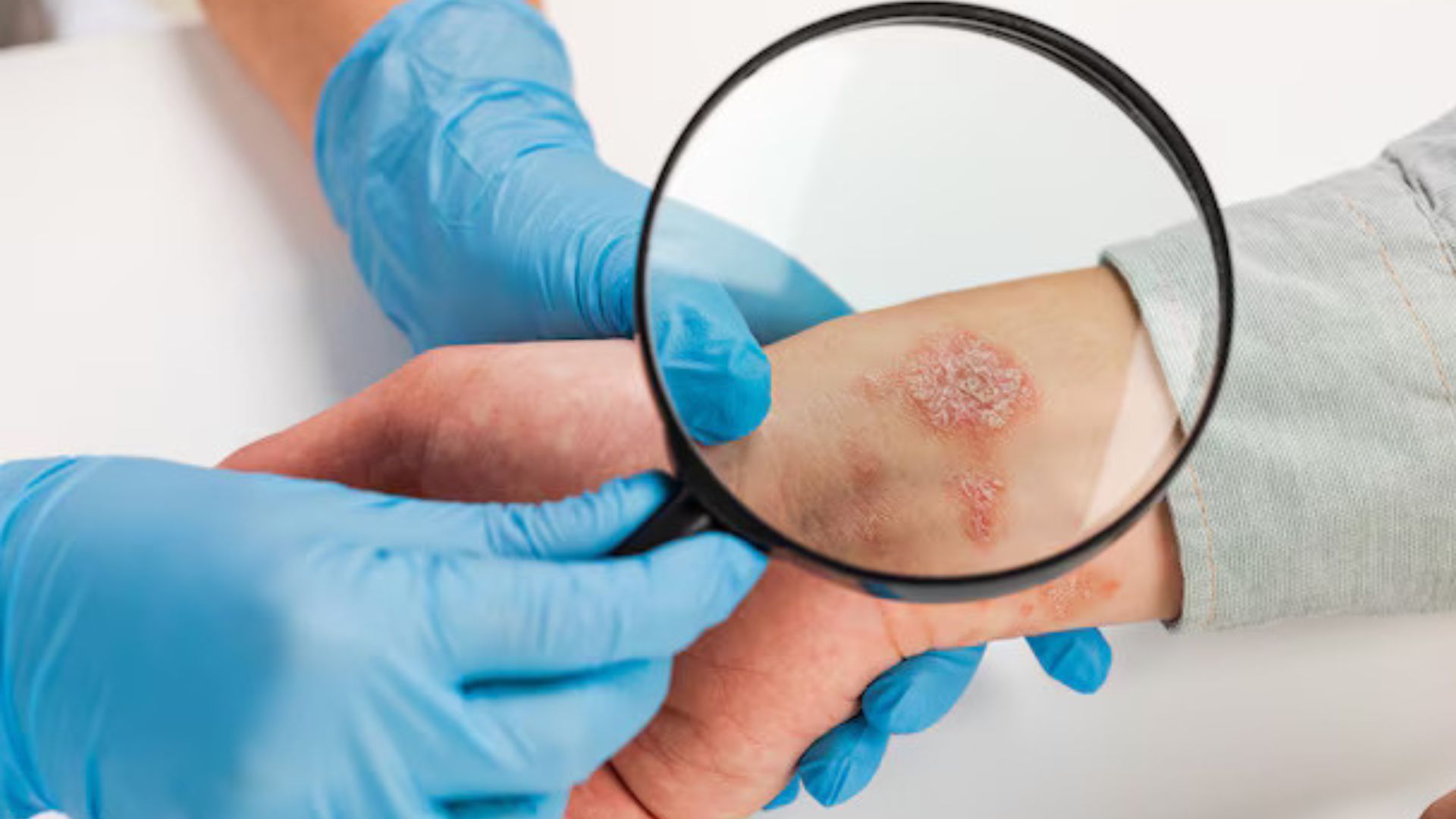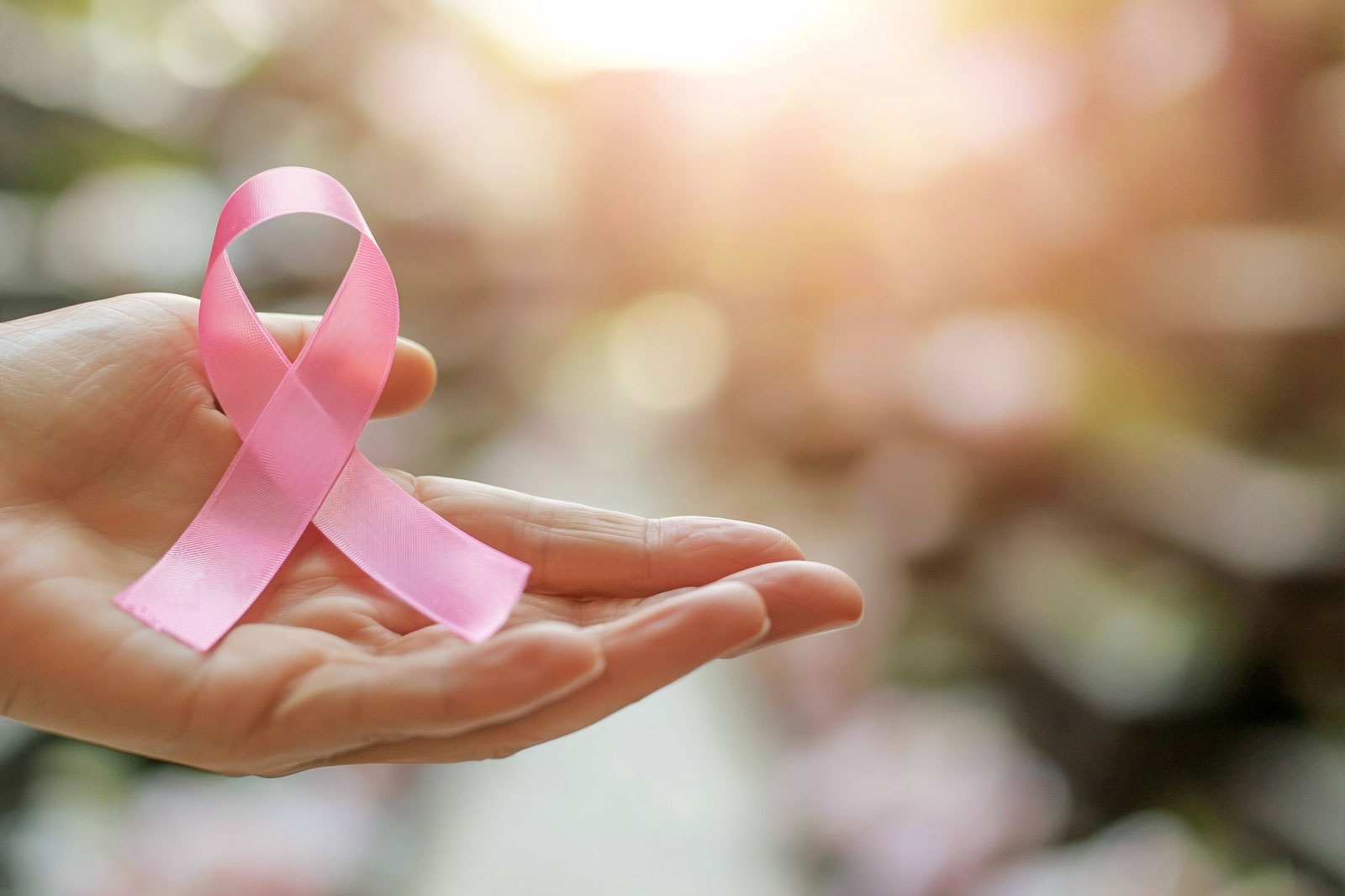

Skin cancer: 9 things to know to lower your risk
Skin cancer is the most prevalent form of cancer in the world. The good news: it’s also one of the most avoidable. Whether you live your life indoors or are an outdoors type, taking the time to learn how to reduce your risk is something that everyone should consider.
These are 9 things you should know if you want to care for your skin and decrease your risk of getting skin cancer.
1. The Sun Is the #1 Cause
The majority of skin cancers are caused by ultraviolet (UV) sun radiation. Even on cloudy days, UV rays can harm your skin. The more sun time without protection you have, the greater your risk.
What to do:
- Stay in shade between 10 AM to 4 PM
- Wear full sleeves, wide-brimmed hat, and sunglasses
- Apply sunscreen with SPF 30 or more even on cloudy days
2. Sunscreen Is Not Optional
Most people believe that sunscreen is meant only for holiday or summer. But, UV rays are present round the year, even winter.
Good guidelines while applying sunscreen:
- 15 minutes prior to going outdoors
- Reapply every 2 hours or after swimming or sweating
- Use enough to cover all exposed skin—most adults use about a shot glassful
Daily use of sunscreen has been shown to reduce the risk of both melanoma and non-melanoma skin cancers by half.
3. Tanning Beds Are Dangerous
Some people think indoor tanning is safer than tanning outdoors. It isn’t. Tanning beds give off intense streams of UV radiation, which puts you in greater danger of getting skin cancer—particularly if you use them under the age of 35.
One trip to the tanning bed can begin the process of destroying your skin. Again and again, it adds up, and your skin has a more difficult time healing.
If you desire the glow without hazard, use self-tanning lotions or sprays.
4. Light Skin Isn’t the Only Danger
Light-haired, light-eyed people with fair skin do have a higher risk. But skin cancer isn’t limited to them, whatever their complexion.
Darker skin is occasionally diagnosed later than lighter skin, so it may be more difficult to treat. That’s why everyone needs to know about their own skin and monitor for changes.
5. Early Detection Saves Lives
Early detection of skin cancer is extremely treatable. The deadliest form, melanoma, has an extremely high survival rate if detected early. The trick is to know what to look for.
What to watch for:
- New moles on the skin
- Changing moles, size, shape, or color
- Sores that won’t heal
- Itchy, bleeding, or crusty spots
Don’t guess. If you’re not sure, get it checked out by a dermatologist.
6. The ABCDE Rule Can Identify Melanoma
The easy guide reminds you what to check in moles or skin lesions:
- A – Asymmetry: One half doesn’t equal the other
- B – Border: The edges are irregular or notched
- C – Color: Bigger than one color or bigger than one shade
- D – Diameter: Larger than 6mm (about the size of a pencil eraser)
- E – Evolving: Enlarging, changing form, or changing character
Not every unusual mole is cancerous, but unusual ones must be examined by a professional.
7. Regular Skin Checks Are a Must
Check your skin every month in a well-lit room. If you are unable to view your back, use a mirror or have someone assist you.
Check:
- Your scalp
- Between fingers and toes
- Under nails
- Behind ears
- Soles of feet
Annual Skin Examination: Once a year, visit a dermatologist, who will be able to spot changes you may miss.
8. Your Medication May Make You Susceptible
Certain medications increase sun sensitivity. Some antibiotics, birth control pills, and certain medications for high blood pressure or acne are examples.
Always check the label for sun protection. Call your doctor if you’re not sure. You might need extra sun protection if you are at higher risk.
9. Prevention Starts Early
Prevention of skin cancer is not limited to adults alone. Sunburns at an early age can increase your lifetime risk of developing skin cancer by more than two times. That’s why it is so necessary to teach sun safety at a young age.
Shield children from:
- Keeping infants under 6 months old out of direct sunlight
- Wearing hats and clothing protective of the sun on toddlers
- Applying child-friendly sunscreen
- Being an example and practicing sun safety yourself
Healthy habits start in childhood and can last a lifetime.
Conclusion
Skin cancer is serious but also the most preventable cancer. Just being aware and making small, consistent actions, you will be having healthy skin for years ahead.
Just remember:
- Apply sunscreen daily
- Avoid tanning beds
- Know your skin and check it out often
- Get to a dermatologist if something doesn’t feel right\
Your skin is your biggest organ. Take care of it, and it will take care of you. If something ever feels off, don’t ignore it. In some cases, early action can lead to simple treatments, while more serious cases might require skin cancer surgery. Either way, staying alert makes all the difference.

